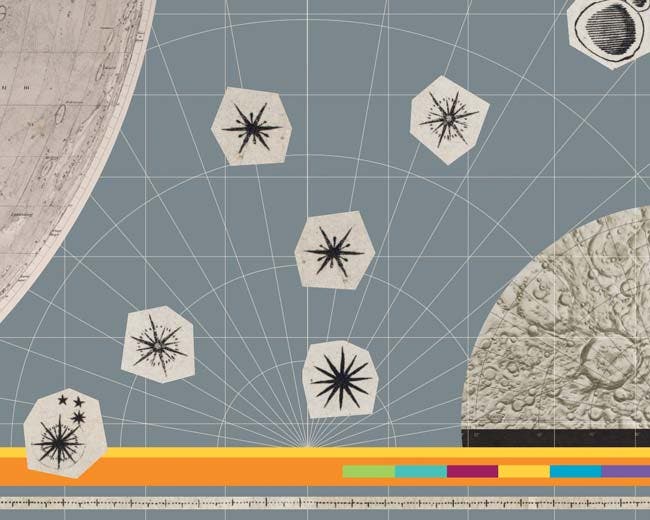Soviet Lunar Probes
From the late 1950s through the 1970s the Soviet Union launched 24 unmanned Luna missions and five Zond probes to the Moon. The spacecraft were the first to image the far side of the Moon, the first to make a soft landing, and the first to send living creatures to lunar orbit and return them safely to Earth. The Soviet Union also successfully returned lunar samples with their robotic probes.
Luna 3 Photographs the Far Side
The Luna program began in January 1959 with the launch of Luna 1 that performed a lunar flyby. Luna 2 crashed into the Moon in September 1959. Luna 3 launched October 4, 1959. Three days later the spacecraft took 29 photographs of the Moon’s far side from a range of about 40,000 miles above the lunar surface. These were the first images of the lunar far side. Though the photographs lacked precise detail, the images revealed a landscape with more mountains and fewer mares, or seas, than the near side.

